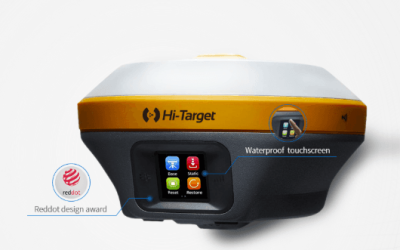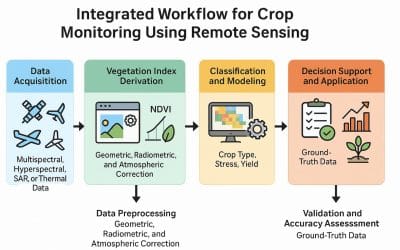Geographic Information Systems (GIS) have revolutionized the way businesses approach marketing by providing a powerful tool for understanding consumer preferences and behavior. By combining geographic data with demographic, socioeconomic, and consumer behavior data, GIS allows marketers to target specific segments of the population with tailored campaigns.
What is Targeted Marketing with GIS?
Targeted marketing with GIS involves using geographic data to identify specific groups of consumers based on their location, demographics, and behavior. This data is then used to create targeted marketing campaigns that are more likely to resonate with the intended audience. By mapping this information, businesses can identify patterns that would be difficult to discern from traditional data sources. For example, GIS can reveal which areas have higher concentrations of target customers or show where certain products are more likely to sell based on regional preferences.

Advantages Of Using GIS For Targeted Marketing
- Enhanced Customer Segmentation
- Traditional customer segmentation often relies on age, gender, income level, and other general characteristics. GIS, however, incorporates spatial dimensions into segmentation. This means businesses can pinpoint exact locations where target customers live or work and identify patterns related to their purchasing behavior within specific regions.
- By integrating GIS with other customer data sources, businesses can create micro-segments that reflect not only demographic factors but also geographic location, lifestyle choices, and local economic conditions.
- Optimized Marketing Campaigns
- GIS allows businesses to deliver hyper-local marketing messages that are tailored to the preferences of customers in specific areas. For example, a restaurant chain might use GIS to send targeted promotions to customers based on their proximity to a particular location or to customize offers based on the local weather conditions (e.g., discounts on cold drinks during hot summer months).
- With location-based services and geofencing capabilities, companies can push personalized notifications or offers to consumers’ mobile devices when they enter a predefined area.
- Location-based Insights
- Through spatial analysis, GIS can provide businesses with a detailed picture of where their target customers are located, what they are purchasing, and why they may be attracted to certain products. This information can help marketers understand the dynamics of consumer behavior in specific neighborhoods or regions, helping them to make data-driven decisions about where to allocate marketing resources.
- For example, a retail business may find that certain types of products sell better in suburban areas than urban ones, or that customers in particular zip codes prefer organic products over conventional ones. With this insight, businesses can adjust their offerings to cater to these preferences more effectively.
- Competitive Advantage
- By using GIS to study the geographic distribution of both target customers and competitors, businesses can identify areas with lower competition or higher demand. This allows businesses to position their products or services more strategically, offering them a competitive edge.
- GIS also enables the identification of under-served areas, where demand may be high but competition is low, allowing companies to target these “white spaces” in the market.
- Improved Resource Allocation
- A targeted marketing approach powered by GIS allows businesses to allocate their marketing budgets more efficiently by focusing on areas with high potential. Rather than a blanket approach that spends resources equally across all regions, businesses can target specific areas with tailored campaigns.
- In addition, GIS allows businesses to track the performance of their marketing campaigns geographically, helping to identify which areas yield the highest return on investment (ROI). Marketers can then refine their efforts based on real-time insights.
How to Leverage GIS for Targeted Marketing
GIS can significantly enhance targeted marketing efforts in various ways:

- Customer Location Mapping: Businesses can map customer locations to identify hot spots, regional trends, and determine optimal locations for new stores or events.
- Behavioral and Demographic Data Layering: By combining geographic data with demographic and behavioral information, businesses can refine customer profiles, targeting specific groups (e.g., young families or eco-conscious consumers).
- Proximity Marketing and Geofencing: GIS enables businesses to send targeted offers when customers are near a location through geofencing, driving immediate purchases or event attendance.
- Analyzing Foot Traffic Patterns: GIS helps track customer movements and high-traffic areas, allowing businesses to optimize advertising locations and predict consumer behavior.
- Optimizing Advertising Strategies: GIS aids in geo-targeting digital ads and placing print or outdoor ads in areas with high concentrations of target customers.
- Competitor Analysis: By mapping competitor locations, businesses can identify market gaps and focus on underserved regions for strategic growth.
- Market Trend Analysis: GIS allows businesses to track regional sales and preferences, adjusting marketing strategies to align with local demand and trends.
Conclusion
Incorporating GIS into your marketing strategy not only improves customer acquisition but also fosters brand loyalty, as it demonstrates a deep understanding of customers’ needs and preferences. With the ability to identify key market opportunities, track performance, and create more relevant offers, GIS is a game-changer for businesses looking to stay ahead in an increasingly competitive market.


































































































